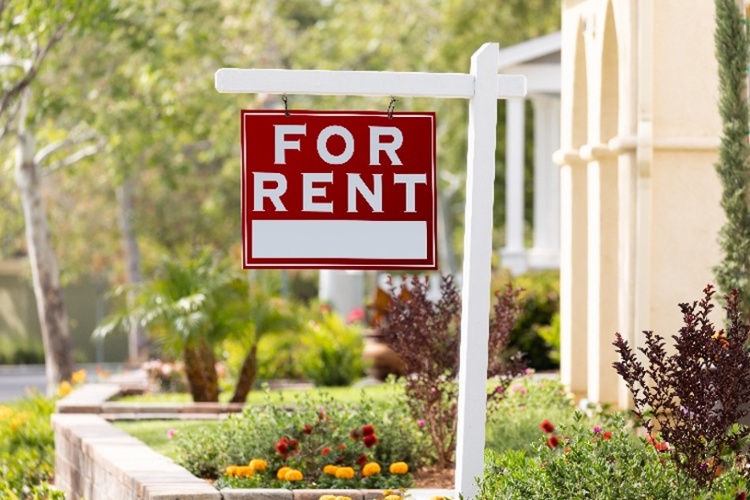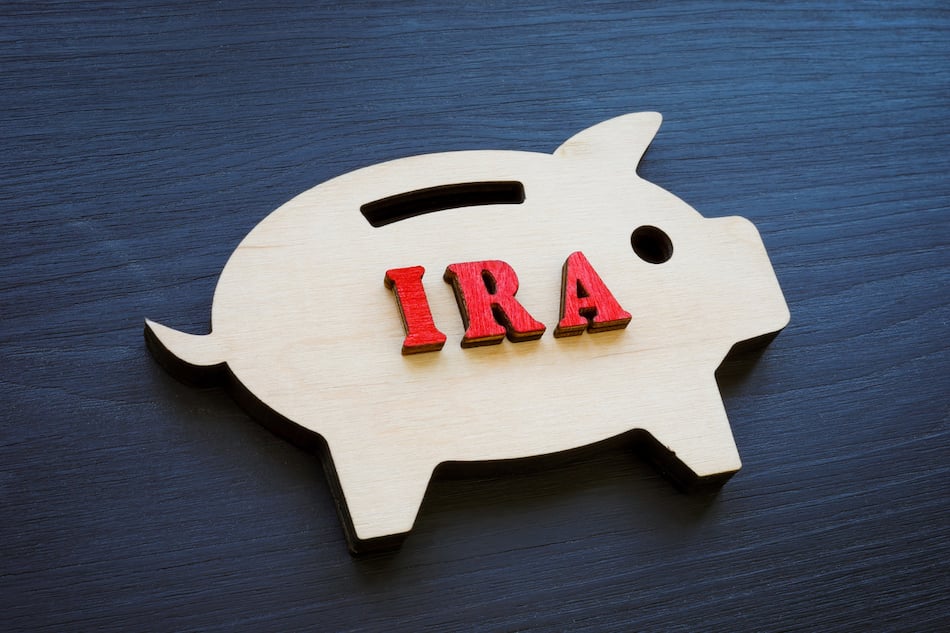Generating recurring rental income and profits from long-term equity appreciation is a key benefit of owning rental property. But another advantage of owning real estate that is often overlooked is growing profits tax free in an individual retirement account (IRA).
Using an IRA to buy rental property is a strategy many people use to help protect retirement funds from uncertain global conditions and economic fluctuations. Real estate investments help diversify your portfolio. This article includes a step-by-step guide to using an IRA to buy rental property and the pros and cons to consider before investing.
Key takeaways
- A self-directed IRA (SDIRA) is opened with a custodian to buy rental property.
- Purchasing a rental property held in an IRA generally means paying all in cash.
- Income and profits must be kept in the IRA to avoid tax penalties until withdrawals begin, and the IRA must have sufficient funds to pay for operating expenses, management fees, and capital repairs.
- The benefits of using an IRA to buy rental property include increasing potential return on investment (ROI) by growing profits tax free and having complete control over retirement savings.
- Some of the disadvantages of buying rental property in an IRA include complex rules to follow and the loss of some tax benefits, such as claiming depreciation expenses to reduce taxable net income.
What type of IRA can be used to buy rental property?
An SDIRA is a variation on a Roth IRA and traditional IRA. An SDIRA can be used to buy rental property, such as single-family rentals (SFRs), small multifamily buildings, and commercial properties.
The SDIRA owns the property, taxes on rental income and profits are deferred, and all operating expenses must be paid using funds within the SDIRA. Also, there are no tax breaks, such as claiming depreciation or a loss, and rental property in the SDIRA must be used for investment purposes only.
While there are arguably more tax issues and rules to follow when holding real estate in an SDIRA, having rental property in a retirement account can be an excellent way to diversify an investment portfolio and increase potential returns until retirement.

How to use an IRA to buy rental property
Here’s a step-by-step guide on using an IRA to buy rental property. As with any other retirement plan, an investor may wish to consult with their tax advisor or financial planner when purchasing rental property with an IRA.
1. Open an SDIRA
To set up an SDIRA, you will need an IRA custodian specializing in SDIRAs to keep records and follow the reporting requirements required by the Internal Revenue Service (IRS).
One option to consider for an SDIRA for real estate is Roofstock’s partner New Direction Trust Company, a third-party provider of IRA investment services since 2003. Another option for finding a custodian for an SDIRA is the IRS list of approved nonbank trustees and custodians.
When choosing a custodian for an SDIRA, it's essential to perform your due diligence, such as researching licensing and registration, checking with state regulatory authorities, and reviewing reports from the Better Business Bureau (BBB).
2. Transfer existing funds
Retirement savings from an employer-sponsored IRA are rolled over to the SDIRA, or you may transfer funds from one IRA to another. Another option for funding an SDIRA is to open a new retirement account.
Financing rental property held in an SDIRA can be challenging. So, you will need to have sufficient savings to transfer to pay for the property in cash for all practical purposes. However, purchasing real estate through a partnership or an undivided interest may also be possible.
There should also be sufficient funds in reserve to pay for operating expenses and capital repairs, such as replacing a roof or heating, ventilation, and air conditioning (HVAC), when you plan on holding the property. While rental income collected from a tenant generally covers ownership expenses, there may be times when a rental property is vacant between tenants, with no rental income to pay for expenses.
3. Select a rental property
While your funds are being transferred, it's time to begin looking for a rental property to purchase with your SDIRA. One option for finding a home to use as a rental is traditional listing sources like the multiple listing service (MLS) or Zillow. However, while nearly any property can be rented, some rental homes provide better potential returns than others.
Roofstock is a good resource for finding SFR homes and small multifamily buildings to purchase with an SDIRA. You can browse for rental property in over 70 markets using dozens of search criteria, including purchase price, the number of bedrooms and bathrooms, monthly rent, and higher yield.
Rental property listed for sale on the Roofstock Marketplace includes details to analyze and learn more about a property, preinspections, interactive tools for visualizing return and cost estimates, and current lease and tenant payment history if the home is already rented. In addition, the entire transaction can be completed online, with assistance from the Roofstock transaction team through the close of escrow.
A direction of investment (DOI) form must be completed to finalize your investment. The DOI instructs the custodian of your SDIRA on how much to invest and where to send the funds to purchase the rental property. At the close of escrow, your SDIRA will take title of the rental property on your behalf. However, you will still be directly responsible for overseeing the home and hiring a property manager.
4. Manage rental property within the SDIRA
All operating expenses and capital repairs must be paid from funds held in the SDIRA. Rental property operating expenses vary from one property to another. For example, owners of small multifamily properties with 2 to 4 units sometimes directly pay for utilities, while single-family home tenants generally pay their utilities.
Common rental property operating expenses may include:
- Advertising
- Tenant screening and leasing fees
- Property management fees
- Repairs and maintenance
- Landscaping
- Pest control
- Utilities
- Landlord insurance
- Property taxes
- Homeowner association (HOA) fees
- Professional service fees
- Supplies
Many real estate investors use the 50% Rule to estimate ownership expenses of a rental property. The rule states that expenses should be no greater than one-half of the rental income collected. So, if a rental property generates a gross rental income of $18,000 per year, annual operating expenses should not exceed $9,000.
All rental income and any profits must also remain in the SDIRA. While profits generated from a rental property in an SDIRA are tax free until withdrawals begin, holding rental property in an SDIRA also means missing out on some tax benefits, such as depreciation expenses or mortgage interest deductions.
Remember, it’s up to you to keep track of the financial performance of a rental property in your SDIRA. Stessa, a Roofstock company, provides free rental property management software that makes it extremely simple to automatically track income and expenses, tenant leases, and other important rental property information.
You can monitor your investment from a single, comprehensive dashboard to optimize performance and returns and help increase the funds available for withdrawal when you decide to retire.
Pros and cons of using an SDIRA for rental property
Using an SDIRA to buy an SFR property can increase your retirement funds tax free, the same way owning stocks and bonds does, but with less volatility. But, as with any other investment, there are both pros and cons to consider.
Pros
- Increase potential ROI of retirement savings by investing in nearly any type of asset.
- Rental property can hedge against inflation and economic fluctuations with a diversified retirement portfolio.
- Profits generated from a rental property in an SDIRA allow for tax-free growth.
- Property can be bought and sold within an SDIRA without using a 1031 tax-deferred exchange.
Cons
- Using all of your retirement savings to purchase a rental property in an SDIRA can significantly reduce diversification and increase potential risk.
- Rental property held in an SDIRA cannot be for personal use or family use (like a vacation home), including distant relatives or service providers of the SDIRA.
- All expenses must be paid for with SDIRA funds, third-party contractors must make the repairs and manage the property, and funds deposited in an SDIRA beyond annual contribution limits will incur significant penalties.
- Tax benefits, such as depreciation and operating expenses to create a paper loss for tax purposes, cannot be claimed with rental property held in an SDIRA.
Final thoughts
Using an SDIRA to buy an investment property can be an excellent way to build long-term wealth tax free, diversify a retirement portfolio, and hedge against economic fluctuations. However, the rules for buying rental property with an SDIRA can be complex, so it is essential to work with a trusted custodian and financial advisor.









